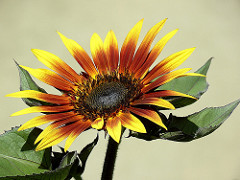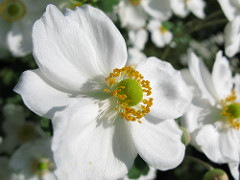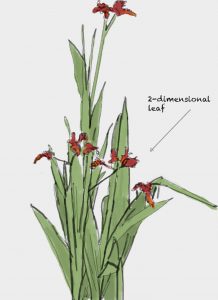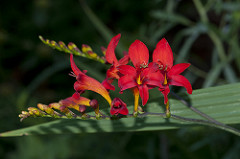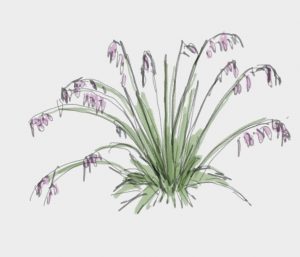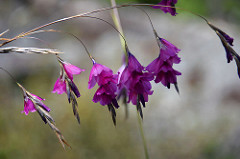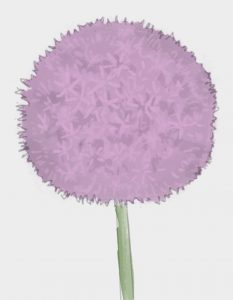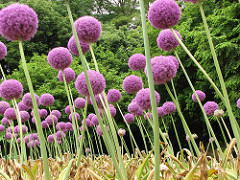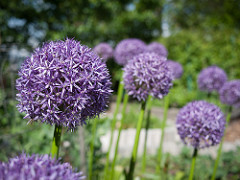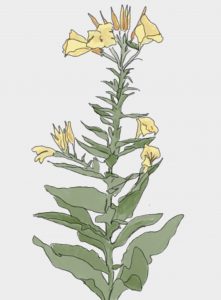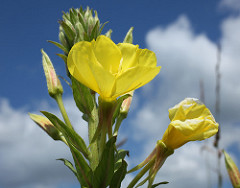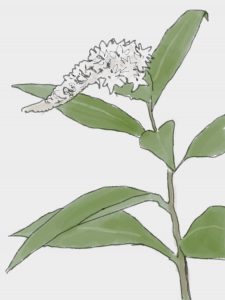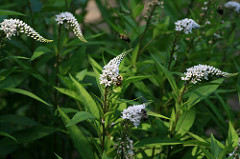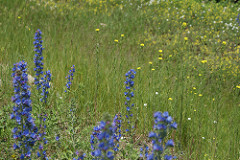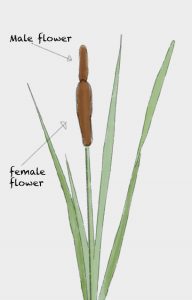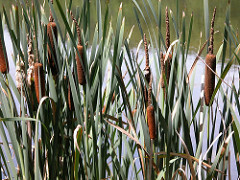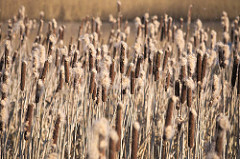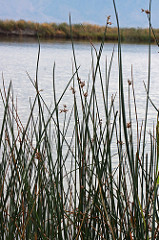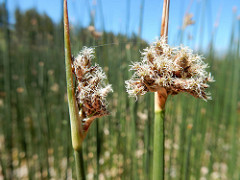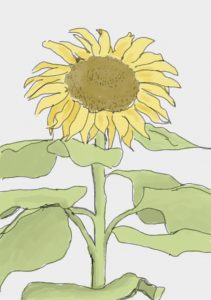 Helianthus annuus, annual sunflower
Helianthus annuus, annual sunflower
Family: Asteraceae
Description
This annual is unusual for its vigorous growth. Growing 2-3m in height, this species is easily recognizable for large ray florets on towering stalks with broad, dark green leaves. Flowers range in color from bright yellow to rusty red. There are many different varieties with some only reaching waist height. This species’ pollen is known to provide health benefits to bees.
Growing conditions:
This species is easy to grow and has incredibly deep taproots that can find moisture, even in drought, when planted in deep soil.
Suitable uses:
This species is not cultivated for seeds, but rather for its ornamental and ecological value. Not only does this annual benefit bee species, but also provides the preferred food for many beautiful birds. While the form can be difficult to design with, it can offer a whimsical presence. Children in particular love this species, making this a good option for a playground or community garden. Helianthus annuus is also ideal in a tall grass prairie.

CC Image courtesy of Oregon State University on Flickr

